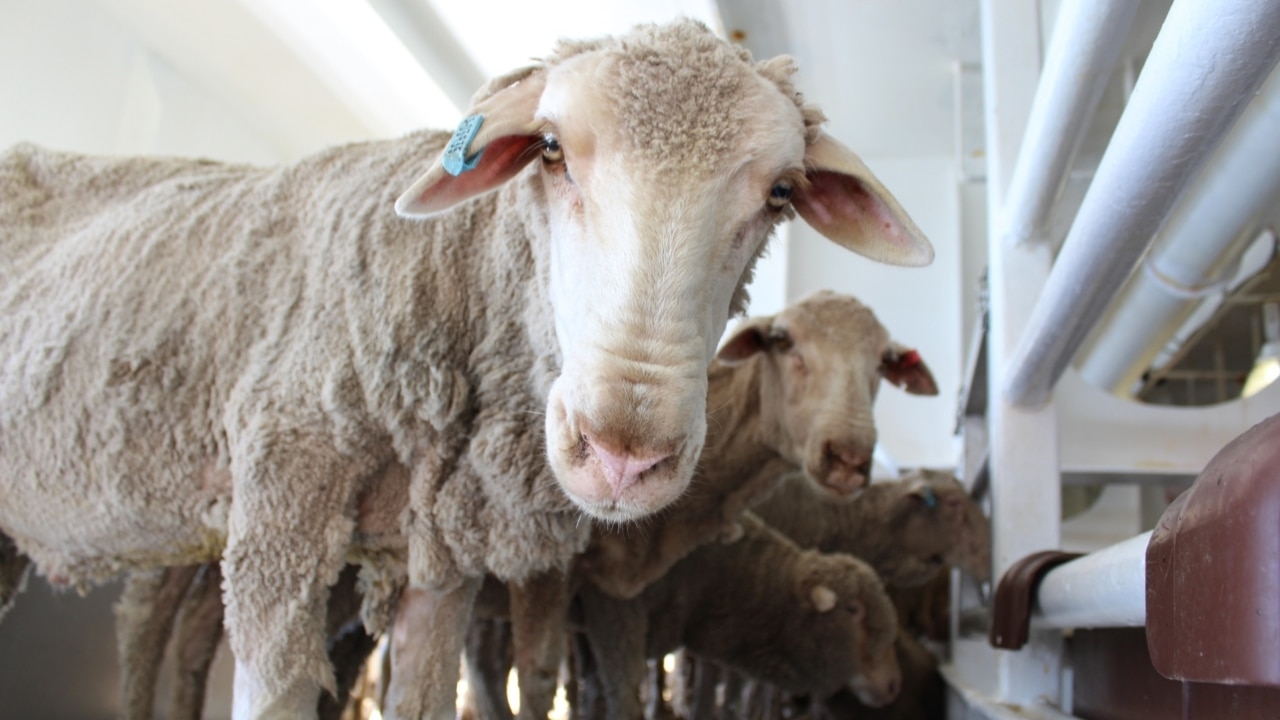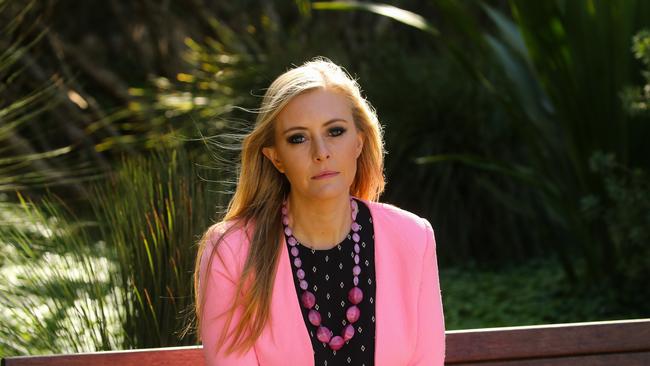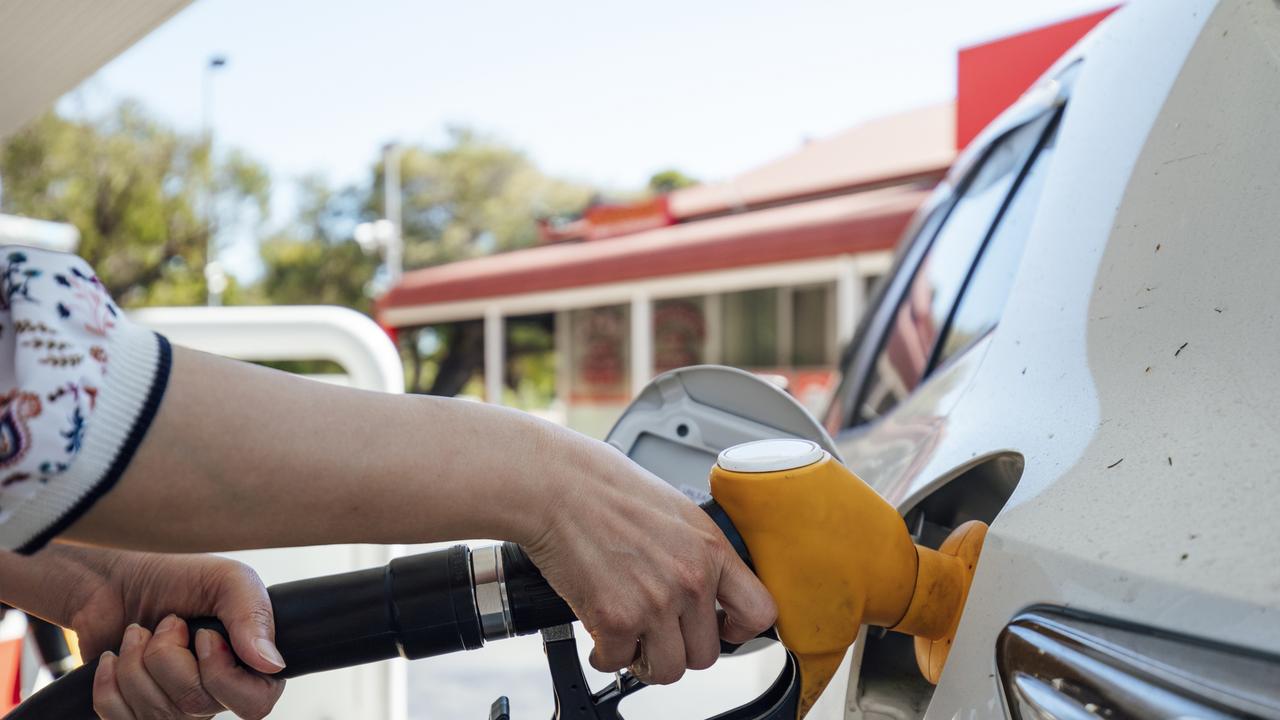NSW considers lifting its ban on virtual stock fencing
Farmers are managing more than 200,000 cows across NZ and Tasmania using technology that allows them to be virtually fenced and herded.

New South Wales could be the next Australian state to allow farmers to virtually fence their livestock.
Farmers are managing more than 200,000 cows across New Zealand and Tasmania using technology that allows them to be virtually fenced and herded, but legislation continues to prohibit its uptake across parts of Australia.
On Friday, agri-tech company Halter told a hearing in Sydney as part of the NSW Government’s inquiry into changing animal cruelty laws to allow for virtual stock fencing, that uptake of its technology doubled last year, and was on track to double again this year.
Halter has developed a “smart collar” system for dairy and beef cows that enables farmers to virtually herd and fence their cattle, as well as monitor their physical welfare.
“Halter deeply cares about animal welfare and seeks to ensure virtual fencing and virtual herding products operate safely. With the introduction of this Bill, NSW has an opportunity to ensure that only virtual fencing and virtual herding systems incorporating robust animal welfare safeguards are introduced,” Halter chief executive Craig Piggott said in a submission to the inquiry.
But animal welfare organisations, including the RSPCA, maintain their objection to the technology due to the risks associated with the aversiveness of the electric shocks, and the variability of the magnitude of the shock.
Halter has addressed this in its submission to the inquiry, which states the maximum strength of Halter’s collar “pulse” is 0.18 joules. This compares to a mains-powered electric fence, which delivers shocks ranging from 18 to 40 joules.

NSW MP Emma Hurst, representing the Animal Justice Party, said the Bill was trying to wind back a basic protection against animal cruelty.
“The people of NSW have overwhelmingly rejected the use of aversive training methods in other industries – such as the use of shock collars for dogs – and the use of shock collars for farmed animals should be no exception,” Ms Hurst said.
“It is confusing to see a Bill that seeks to regress the state back to outmoded ways of thinking, under the guise of ‘technological advancement’.”
Commercial use of the technology was first rolled out in Tasmania in 2022, and is now allowed in the Northern Territory, Queensland and Western Australia. In Victoria, electronic collars can only be used for approved scientific purposes.
In addition to New Zealand, is it permitted for use in the US, UK and Norway.
NSW Farmers told the inquiry it was time to overturn the inequity and disparity of virtual fencing being allowed in some states and not in others.
NSW Farmers animal welfare committee chair Robert McIntosh said virtual fencing had a significant range of benefits that farmers could access if the technology was legalised for use in NSW.
“The science and technology behind virtual fencing indicates this tool has significant benefits for animal welfare, while also delivering better economic returns for farmers through grazing efficiencies,” Mr McIntosh said.
“In the event of floods, fires and other natural disasters, this technology could well be used to help move livestock to safe areas, without putting humans or animals at risk.”
In February, the federal government’s Animal Welfare Task Group provided in-principle support for a preferred approach to virtual fencing regulations.
The NSW inquiry will table a report on its findings in late October.





